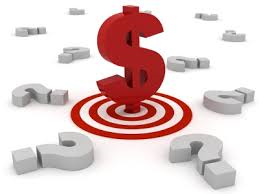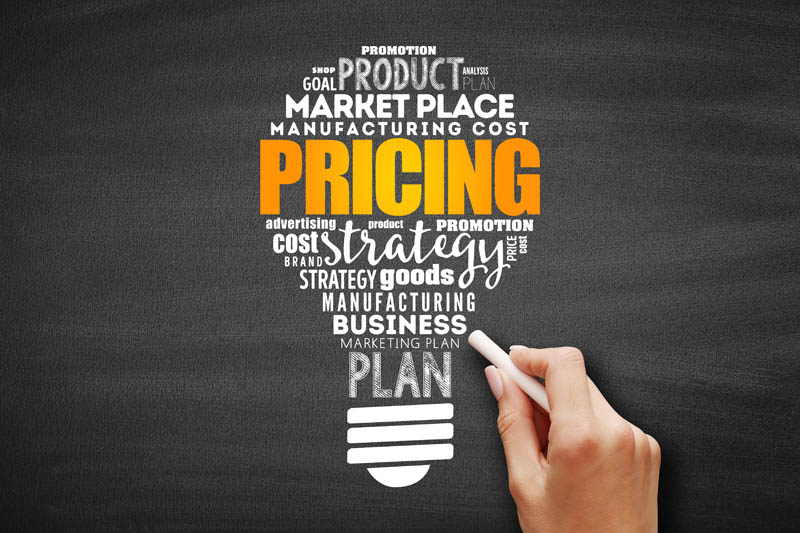The pricing of your Goods and Services is a major factor for the success of your business. Starting with a “pricing strategy” helps in determining the ideal price for your products. This strategy should factor in several things, your business revenue goals, your product features, and your target audience. It is also important to factor in your competitors, specific industry or economic trends and consumer demand. Choose the best pricing strategy that suits your company and your goals. The 4Ps of Marketing, which are 1Product, 2Price, 3Promotion and 4Place are the key factors involved when introducing a product or service to the public.
Understanding Cost, Margin, & Markup
Once you have decided on the pricing strategy best suited to your business, now let’s look at the role of cost, margin, and markup.
- Cost: Cost would involve any fees incurred from manufacturing, sourcing, or creating the product or service you sell. This would include the materials, cost of labor, possible fees paid for suppliers, and even any losses. Cost would not include overhead or operational expenses, like marketing, advertising, or maintenance.

- Margin: Margin, or gross margin, is the amount your business would earn after subtracting all manufacturing or design costs.
- Markup: Markup is the additional amount you charge for your product to cover production, manufacturing, and development fees.
Pricing Too High or Too Low
The Marketplace in general has a huge impact on pricing, (What the Market will bear). Competition will tend to even out the playing field in favor of the Buyer.
Determining the cost of goods/products is generally easier than a service, unless you are the manufacturer of that product. Retail and Wholesale outlets, for example, have a pre-determined delivered cost of the products that they sell. A few variables may adjust that cost, such as quantity discounts and manufacturers’ promotions.
Many small business’s don’t have the luxury of a wide range of pricing, as you need to be competitive. Small variations are always available that can help somewhat. The competitive marketplace will dictate the highest level of acceptable pricing, except in only the rarest of occasions. The lowest level of pricing is what you have the most control over. Establish the price of your product or service at a level conducive to attracting your desired clientele.

If your pricing is considerably below others in the marketplace, many will assume that your products or services are not as good as your competitors. A lower price says something about your business . . . control the message if you lower your prices permanently. An occasional sale offers value . . . a permanent sale says something entirely different. What will it say to your Customers?
Circumstances may dictate or entice you to have a new pricing structure, for instance technology changes, high inventory, cash flow, & competition. It is imperative you know your cost for any given product or service that you offer to your Customers/Clients.
Neither low nor high pricing within your industries accepted price window is necessarily correct for your business today. Company goals, sales volume and your ever changing circumstances directly affect your ability to control price and make money! Pricing that is too far below the norm makes people wonder about your stability, quality, & business sense. Pricing that is too far above the norm makes people wonder what makes you so special. Know your target audience, and price your products or services accordingly. Contact Select Marketing if we can be of service to your business.





Leave a Reply